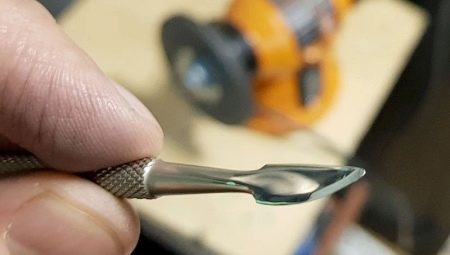Carrying out a home manicure procedure is impossible without high-quality tweezers, scissors and nippers. However, even the highest quality tools sooner or later become worthless, so they have to be sharpened. Although it is more convenient to entrust this procedure to a specialist, some people try to solve this problem on their own.
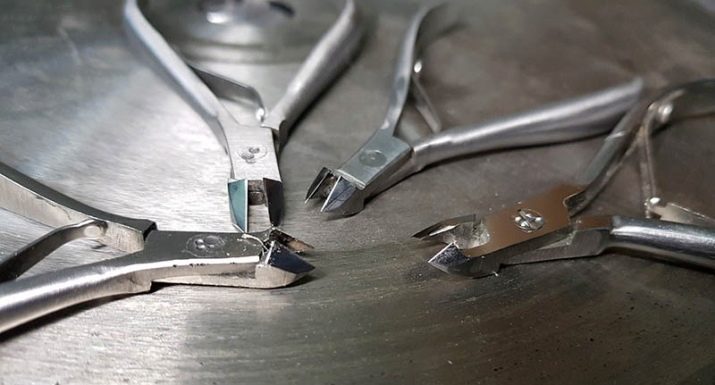
Technology features
In principle, the sharpening technology of all manicure tools is approximately the same. The backlash is sure to be removed, loose parts are strengthened, and then the cutting parts themselves are restored. If necessary, rust spots are also removed.
Bite
In the situation with nippers, sharpening starts from the inside so that the cutting edges are the same. The outer side is processed next, the tips of the blades are adjusted and, finally, the latter are processed where they touch. The whole process is completed by polishing.

Forceps
The tweezers are prepared in a similar way. It is worth mentioning a couple of options for home sharpening this tool. It can be done using:
- device designed for knives;
- sandpaper mounted on a nail file;
- ordinary sheet of foil, folded several times and cut into strips.
In all cases, the procedure ends with cleaning sharp edges and washing the instrument.
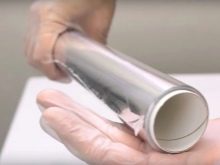
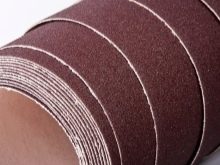
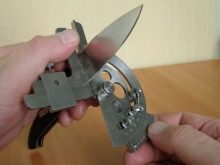
Types of sharpening
There are two main ways to sharpen manicure tools: either try to do it yourself, or consult a professional.In addition, the tools are processed either manually or at the factory using special tools. The first method is considered to be of better quality, since in the second “conveyor” case, the blades have different and not very high-quality sharpness.
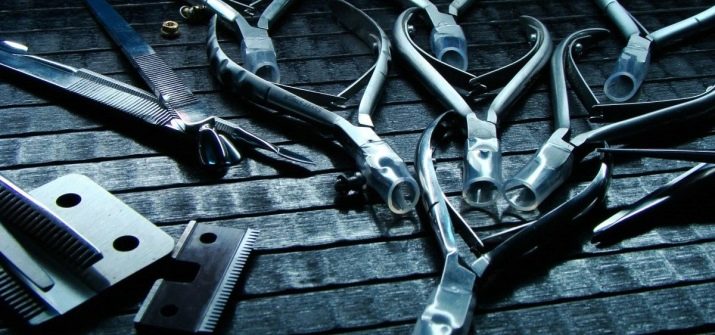
Manual
Before proceeding with the restoration of tools with their own hands, it is necessary to master some skills and acquire suitable equipment. As a rule, the following tools are required to tidy up standard manicure scissors: machine tool, bars and napkins. An optimal machine should have a diamond wheel of fine abrasiveness, an alternative to which could be a spoke with the same coating. The bars are likely to be of two types: grinding, demonstrating abrasiveness of 2 thousand grit, as well as a pair of bars for polishing with abrasiveness of 8 and 12 thousand grit. Napkins for polishing are made of felt.
For convenience, the repaired device should be unscrewed - it will be more convenient to sharpen individual blades. Sharpening itself is not difficult: the grinding unit is connected at the lowest speed, after which the edge of the device must be drawn in a circle from the beginning to the end of the tool. The correct “spot” of contact will be between 0.2 and 0.3 millimeters. First, the point is sharpened from the inside, and then from the outside, after which the scissors are collected, wiped and polished.
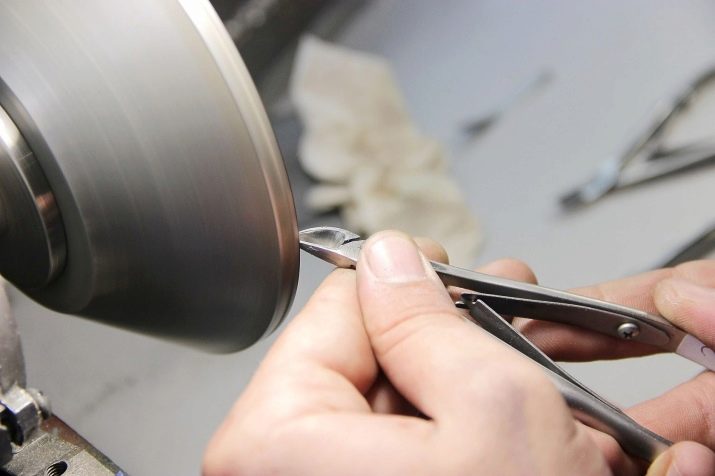
Homeworking is quite difficult for an unprepared person. If you make a mistake with the technology, you can either provoke the appearance of chipping, or bend or even break the edge.
In addition, it is unlikely to be able to independently remove the play (the gap between the cutting parts), as well as eliminate the "tightness" of the movements. Finally, at home only knives and scissors can be sharpened, although some craftsmen can handle nippers as well.
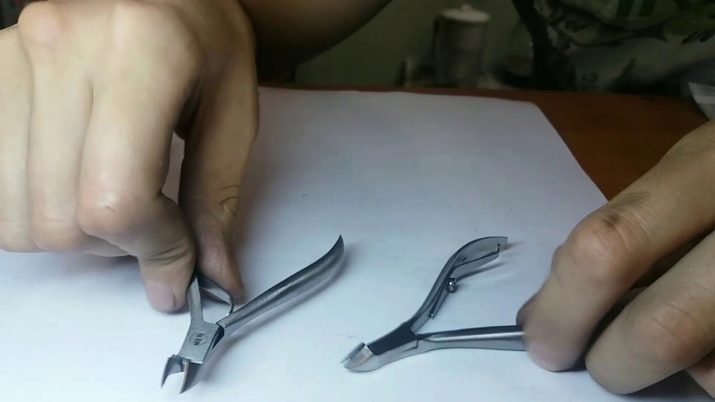
Professional
Speaking of professional sharpening, it should be recalled that some tools should always be handled by specialists. We are talking about scissors with serrated edges and pushers. In general, it is much easier to contact a professional who has all the necessary equipment, because at one time it will be possible to put in order the entire set of tools used. The specialist first of all checks how smoothly the blades close and open, and if there is any play between them. At the next stage, he removes the burrs, tightens up the weakened parts and, finally, sharpens the blades on both sides.
If the procedure was carried out correctly, then the ends of the scissors will be with the same parameters, will fit snugly and without difficulty to each other.
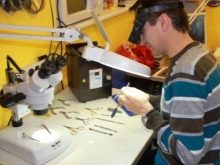
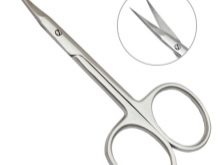
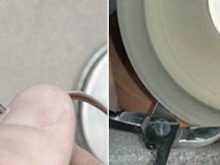
The quality of sharpening is checked with a rag or cloth. Ideal scissors will cut the material very gently, leaving behind a straight, not torn line. It is important to mention that the sharpening machine can be either mechanical or laser. Laser allows you to simplify the procedure, but the tools processed on it wear out faster.
The reason for this is that the beam significantly reduces the thickness of metal surfaces. It is more difficult to work on a mechanical machine, but the device will last longer.
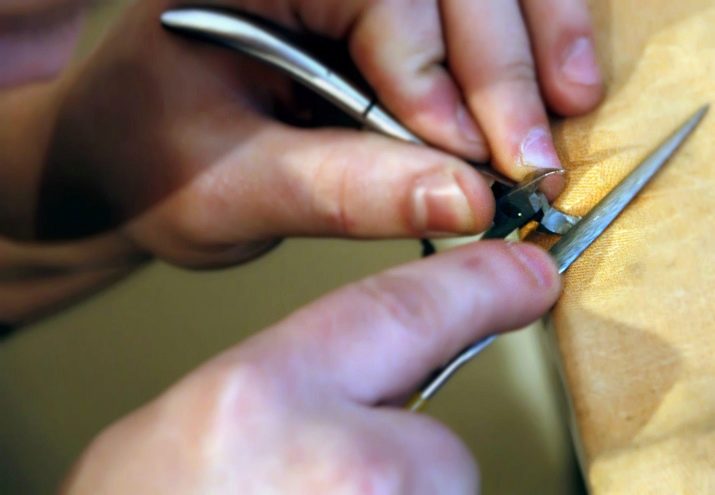
How to sharpen at home?
To sharpen the nippers at home, you can do without even a diamond wheel, it will be enough only to purchase a file with a uniform grain and tightly closed notches. If this procedure is to be performed for the first time, then it is better to start with a rehearsal on some old device. The first step is to open the pliers to check if there is any play. If the answer is yes, the rod is mounted on the rivet of the hinges and worked through with a hammer.
In the next step, the swivel is cleaned with sandpaper on both sides. After that, you can go to the sharpening itself with a file. Machining starts from the inside edge.The movements should be smooth and moving in one direction. Then, in the same movements, you need to grind the corner of the blade and go to the outer edges. In the latter case, the movements become reciprocating.
At the last stage, grinding of the “cheeks” takes place, again moving in one direction. The sharpened product is polished with a block, and the hinges are oiled.
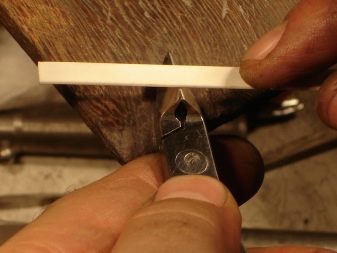
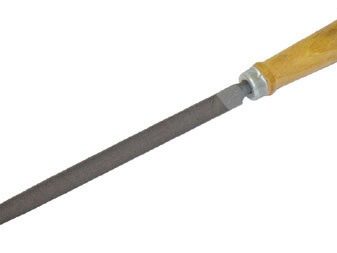
In the case when the sharpening of manicure scissors is carried out, the technology is not very complicated. However, two grindstones with abrasiveness of 600 and 1,500 grit are required. First of all, as with the tweezers, the backlash is checked. This gap is removed with a hammer and a special cue ball gradually. In order for the blades to smoothly converge and diverge, it is worth additionally lubricating the tool with a special tool on both sides.
Then the scissors are opened, fixed in this position and sharpened with a stone of 600 grit. The movement is on itself and only from the upper plane. The scratches that appear will be removed with a 1500 grit stone. He must also move on himself. If after sharpening the ends of the blades began to dock incorrectly with each other, then it is worth bending one of them with pliers.
You can check the scissors by trying to cut the stretched sheet of paper exactly in the middle. If it turns out smooth and accurate, then sharpening is carried out correctly.
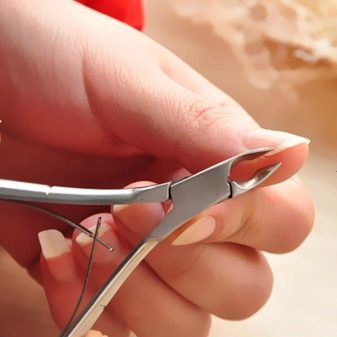
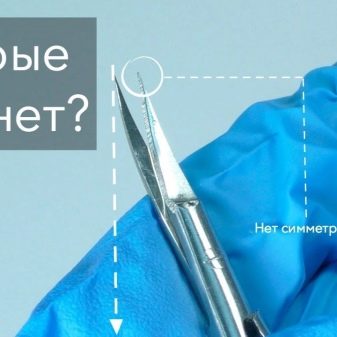
Existence of the grinding machine will allow to put in order manicure scissors quicker. The scheme is the same: first, the backlash is eliminated. To do this, a fairly strong rod is installed at the point where the blades are connected, and a hammer is gently tapped on its other side. First, the blades are sharpened on the inside, and then on the other. The machine should operate at a minimum speed, and the edge of the blade is held along it in one direction from the beginning to the end. After that, the tool is wiped and polished with a bar with an abrasiveness of 8 thousand grit.
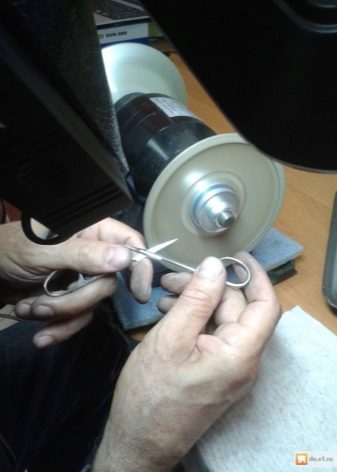
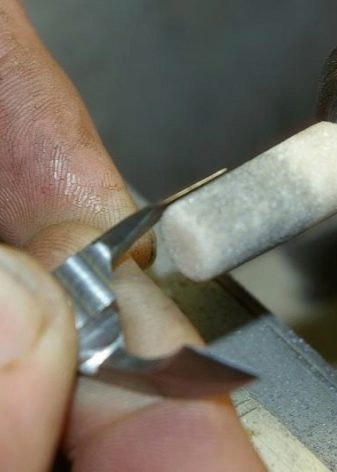
How to check the quality?
To make sure that the scissors are sharpened properly, they will definitely need to be tested. Ideally, the blades of the device should be smooth and with even edges. In addition, it is important that there is no play, a smooth and instantaneous stroke of the blades. It is more convenient to check the scissors with the help of electrical tape, for which you need to pull on both sides. If the tool cuts the material evenly, then everything is in order.
Sharpened wire cutters and tweezers should have straight, smooth blades that snap together without any gap. To determine their status, simply move the handles up and down. As a check, the pliers will need to have a plastic bag.
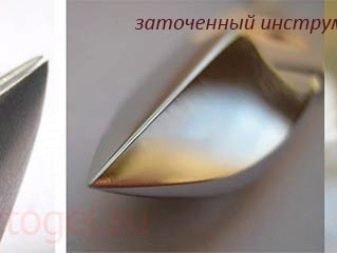
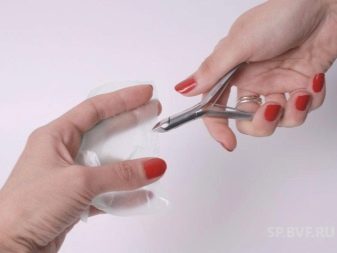
Useful Tips
In order to use tools as long as possible after sharpening, it’s important to follow a few simple rules. In no case should you try to clean the scissors or tweezers by tapping them on a hard surface, such as a table. It is better to just use a clean cloth and gently wipe the blades from hairs and dust.
Do not forget about the timely sterilization of devices, which can be done independently or by contacting specialists. It is better to use for this purpose not liquid solutions, but a special chamber.
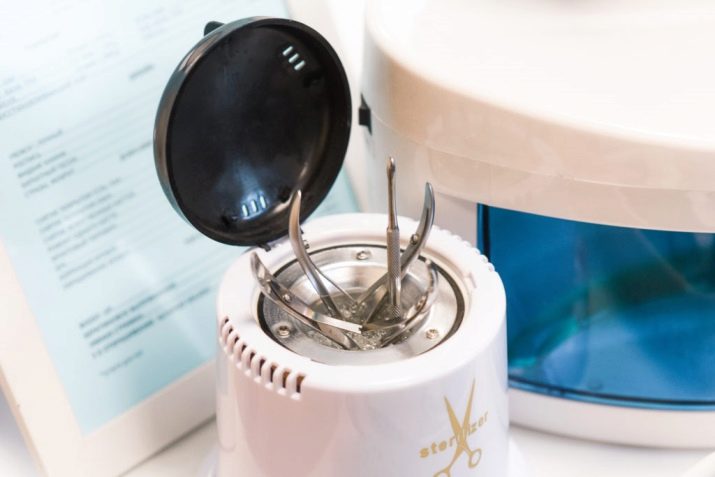
Special cases are needed for storing tools, and you need to place devices individually in them. Contact of surfaces can lead to unpleasant consequences - blunt edges. For the same reason, tools may not be laid with the blades down.
Each time after the manicure or pedicure procedure, objects must be processed: clean joints, rinse, dry and oil. In addition, it is important to monitor the appearance of backlash, looseness or, conversely, excessive tightness.
Tools are not recommended to boil - it is better to use special solutions designed for disinfection.
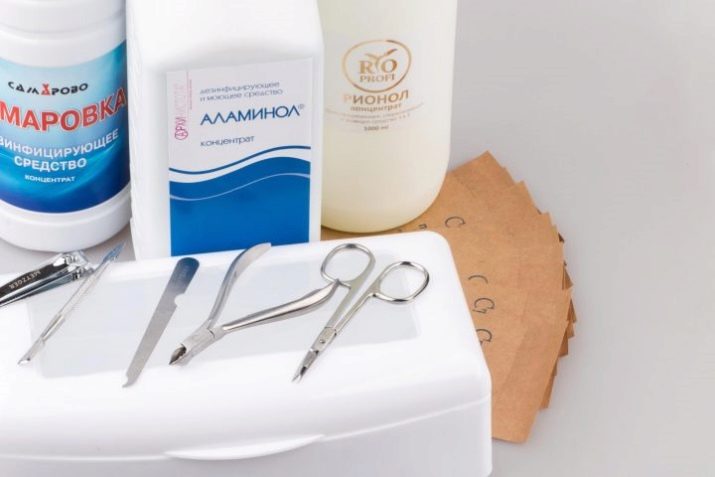
However, do not leave them in the liquid for too long.
See how to sharpen manicure tools at home in the next video.
